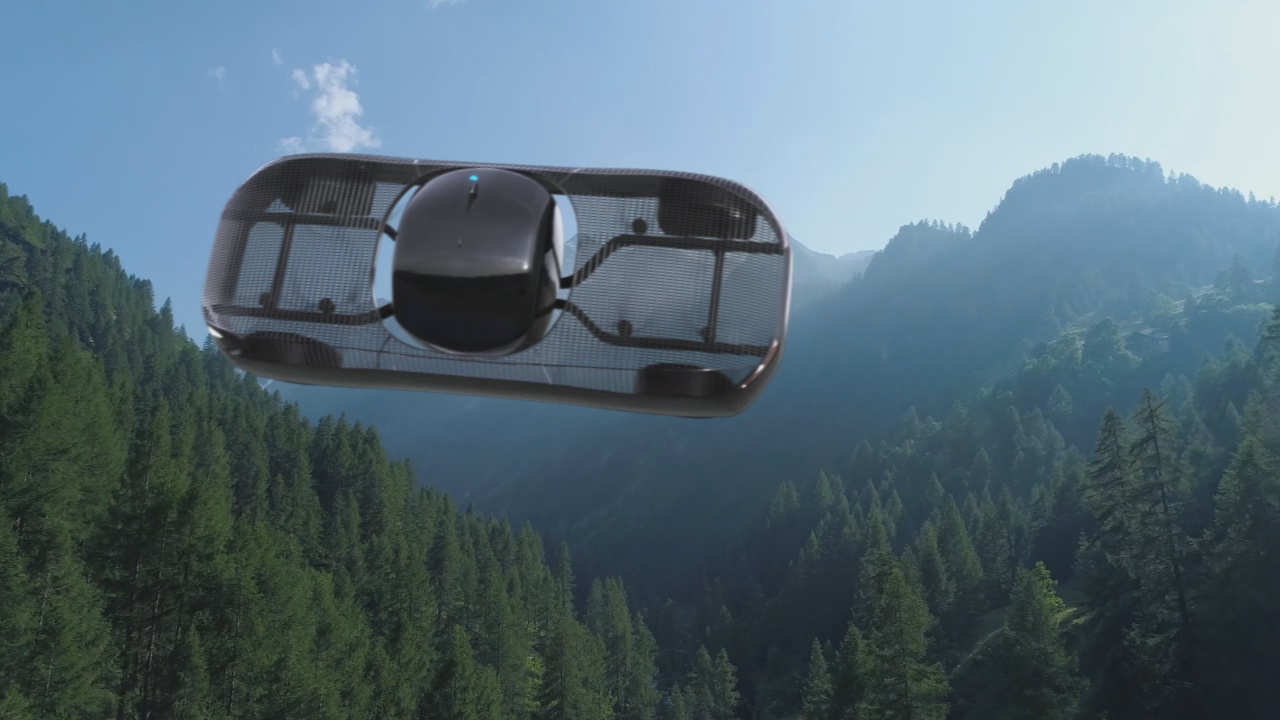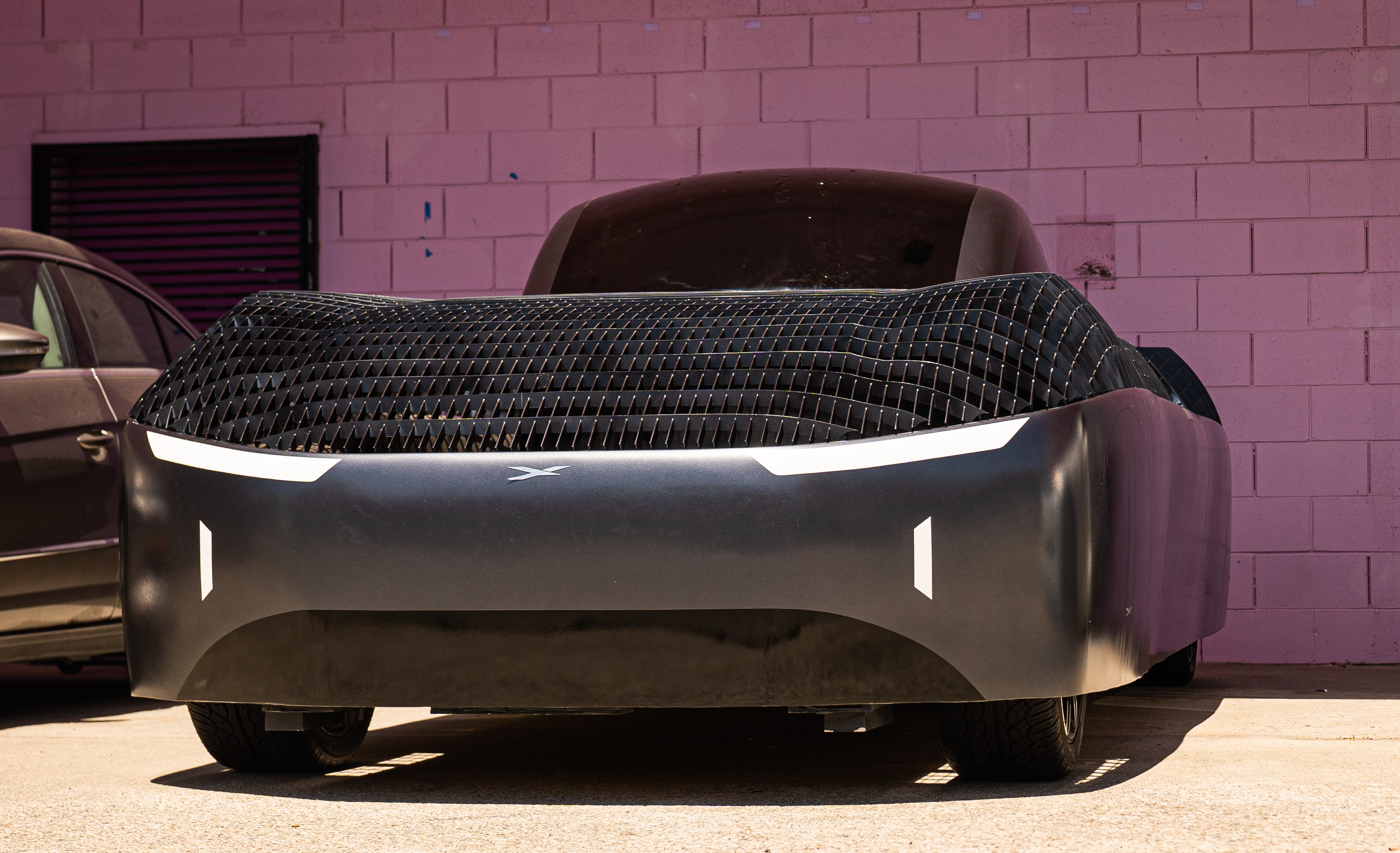A SpaceX-Backed Flying Car Could Launch In 2025
“The whole auto industry is in for a big surprise from above their heads,” says Alef Aeronautics CEO Jim Dukhovny.

Alef Aeronautics is ascending towards an ultimate goal of bringing a road-legal flying car to the public by 2025.
Earlier in 2023, the SpaceX-backed startup’s Model A hit a milestone when it became the world’s first fully electric flying vehicle to receive a special airworthiness certificate from the Federal Aviation Administration (FAA), allowing exhibition, research, and development.
Most recently, the Alef Model A made its public debut at late-September’s Detroit Auto Show, during which Alef Aeronautics founder and CEO Jim Dukhovny, son of musician Leonid Dukhovny, backed up his bold project with some similarly bold claims.

“I can teach you how to fly and drive this in about 15 minutes or less,” he told Robb Report. “If you can tell the difference between the right, left, up, down, front and back, you can do this. It’s pretty much the only controls it has.”
The Model A can drive one or two occupants on public roads for up 200 miles and park like a regular car. But it’s also an eVTOL, or electric take-off and landing aircraft, with a flying range of 110 miles. Though the first editions are priced at a lofty $300,000, Dukhovny believes the Model A or its successor will be scalable.
“It’s handmade because it’s custom and low volume, but fundamentally there is nothing in here which would make it more expensive than a Toyota Corolla,” he told Robb Report.

The version displayed at the Detroit Auto Show was extremely similar to the vehicle seen in renderings released by Alef Aeronautics, with a carbon-fiber body, a mesh-like top that houses four propellers per side, and a bubble-like compartment for occupants in between. After a vertical takeoff, the entire vehicle turns on its side, with the two-seat cockpit swiveling as well, allowing the propellers to steer.
Impressively, it’s about the size of an SUV, measuring 17 feet long, seven feet wide and six feet tall.
“It’s still not the final consumer version,” Dukhovny added. “But at this point, it’s pretty close. You need airflow so obviously we cannot have a solid top, but we can’t have it completely open for safety reasons.”
Even with the initial FAA certification achieved earlier this year, there are still a number of regulatory hurdles to understand and clear, including approval form the National Highway Traffic Safety Administration, which is required to make the Model A street legal. Optimistically, that all will happen in the next few years.

“If everything goes right, we plan to start the first production of the first car by the end of 2025,” he told Robb Report.
But Dukhovny’s boldest claim came from a recent post to his LinkedIn page.
“[The] auto industry is clueless about what is coming to completely disrupt their market,. They are improving looks and dashboards, while the whole auto industry is in for a big surprise from above their heads.”
